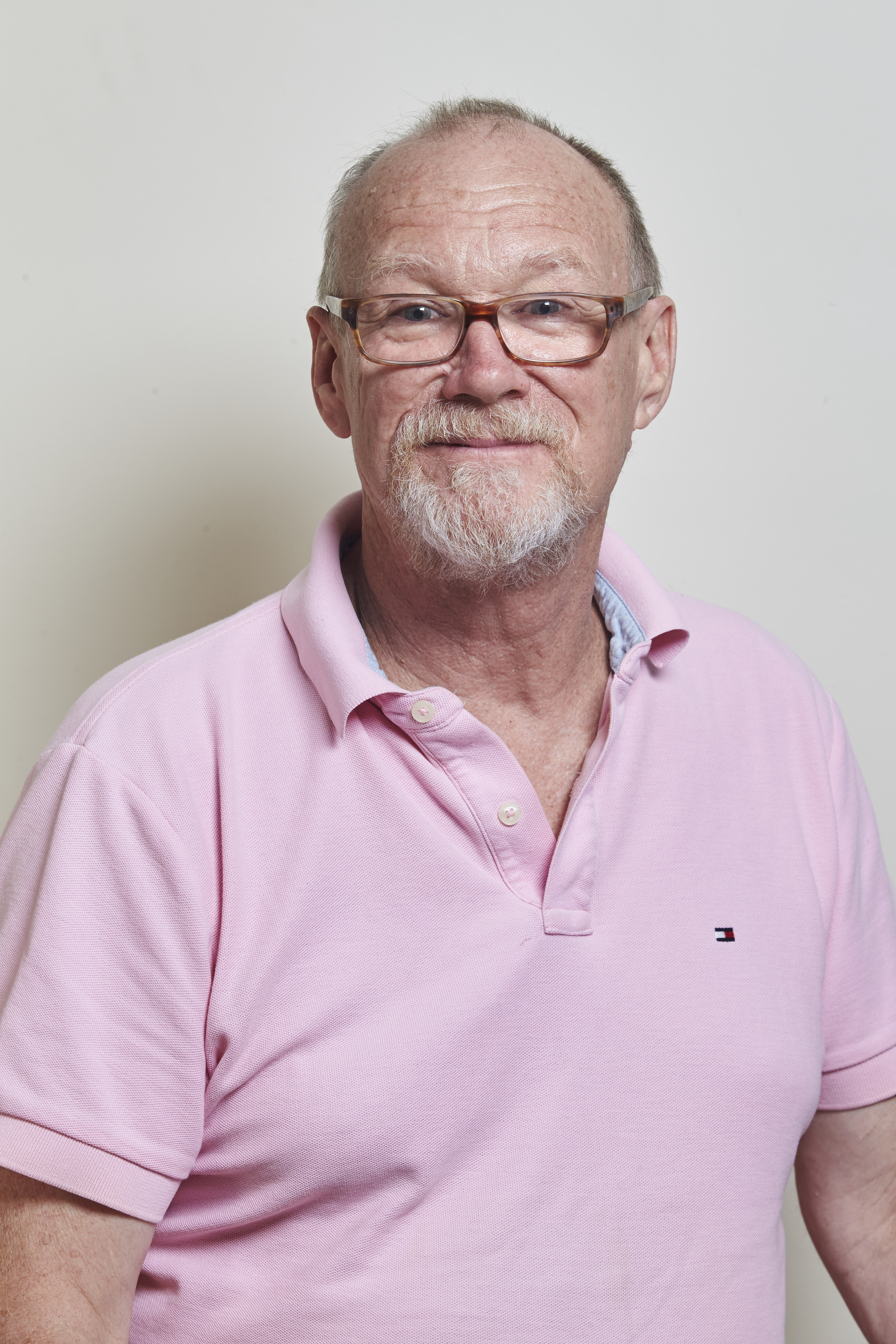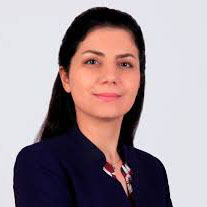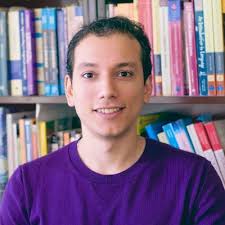
DR. JAMES REILLY
Jim Reilly works at the interface of machine learning and signal processing applied to health related problems, particularly in neuroscience and psychiatry. Particular thrusts are development of improved machine learning algorithms, diagnosis and treatment of psychiatric illness, prognosis for coma outcome, and assessment of infant motor movement relating to neurological deficit.
Contact:
Jim Reilly
Professor Emeritus
Dept. of Electrical and Computer Engineering,
McMaster University
1280 Main St. W.
Hamilton, ON
Canada
L8S 4K1
reillyj"AT"mcmaster"DOT"ca
STUDENTS
Matlab code for the LFS method is available here: https://github.com/armanfn/LFS
Publications:
[1] Narges Armanfard, James P. Reilly, Majid Komeili, "Local Feature Selection for Data Classification", IEEE Trans. Pattern Analysis and Machine Intelligence, Vol. 38, No. 6, June 2016, pp. 1217-1227.
[2] Narges Armanfard, James P. Reilly, Majid Komeili, "Logistic Localized Modeling of the Sample Space for Feature Selection and Classification", IEEE Trans. Neural Networks and Learning Systems, Vol. 29, No. 5, May 2018, pp. 1396-1413 DOI: 10.1109/TNNLS.2017.2676101.
[3] Narges Armanfard, Majid Komeili, James P. Reilly, John F. Connolly, "Automatic and Continuous Detection of Mismatch Negativity: Application to Coma Outcome Prediction", IEEE Journal of Biomedical and Health Informatics, Vol. 23, No. 4, April, 2019 pp. 1794 - 1804 DOI: 10.1109 JBHI.2018.2877738.
Research Accomplishments - A Novel Beamformer for EEG: Phil developed a novel form of beamformer for use with the EEG. The method shows significantly improved performance over the more conventional beamformers in the presence of head model errors.
P. Chrapka, H. de Bruin, and J. Reilly, "Estimating Neural Sources Using a Worst-Case Robust Adaptive Beamforming Approach", Biomedical Signal Processing and Control, (Elsevier), Vol 52, pp. 330-340. July, 2019. DOI 10.1016/j.bspc.2019.04.021
Wavelet-based Muscle Artifact Noise Reduction for rTMS Evoked Potentials: Transcranial magnetic stimulation (TMS) has recently emerged as a successful treatment for major depressive disorder. A novel wavelet de-artifacting procedure was developed that suppresses the magnetic artifact and allows adjustment of the stimulus parameters for maximum effect.
Philip Chrapka, Hubert de Bruin, Gary Hasey and Jim Reilly, "Wavelet-based Muscle Artifact Noise Reduction for Short Latency rTMS Evoked Potentials", IEEE Transactions on Neural Systems and Rehabilitation Engineering, Vol 27, No. 7, 2019, pp. 1449-1457, DOI 10.1109/TNSRE.2019.2908951
Adaptive Brain Source Connectivity Estimation Using Partial Directed Coherences: A novel method for extracting partial directed coherences (PDCs) from the EEG was developed for tracking brain connectivity. These connectivity patterns are then applied as features in machine learning algorithms.
Rober's primary research topic pertains to local brain potentials, recorded from the human cortex (electrocorticography), and their relation to both scalp event-related potentials and high frequency brain oscillations. Rober is interested in the analysis of such recorded signals in conjunction with state-of-the-art machine learning and digital signal processing techniques (primarily machine learning) to elucidate facets of consciousness, cognition, and language processing.
Omar Nassif

Omar Nassif completed his Master’s degree in the Dept. of Electrical and Computer Engineering in September, 2020. He was co-supervised by Prof. Jim Reilly in the Dept. of Electrical and Computer Engineering, and Prof. Vickie Galea, School of Rehabilitation Science. He used machine learning methods to characterize premature infant motor movement for assessment of potential neurological deficits. He extracted features from video sequences of infant movements and then used supervised and unsupervised machine learning methods to analyze the data. In the unsupervised case, he demonstrated that infant movement patterns cluster into distinct groups that roughly correspond to infant age group. In the supervised case, he showed that pathological cases classified into age groups that were lower than the chronological age of the infant. The method therefore provides a clinical facility for identifying neurological deficit in infants.



